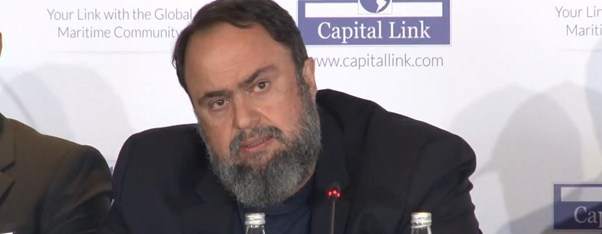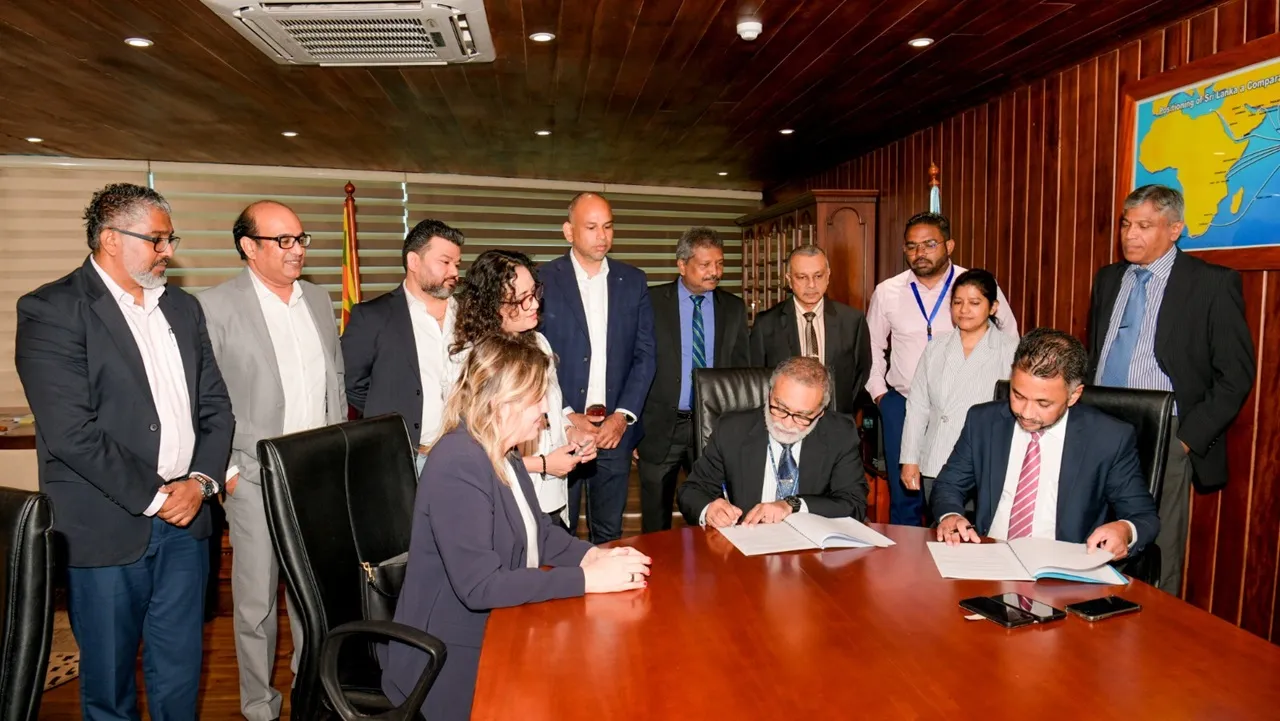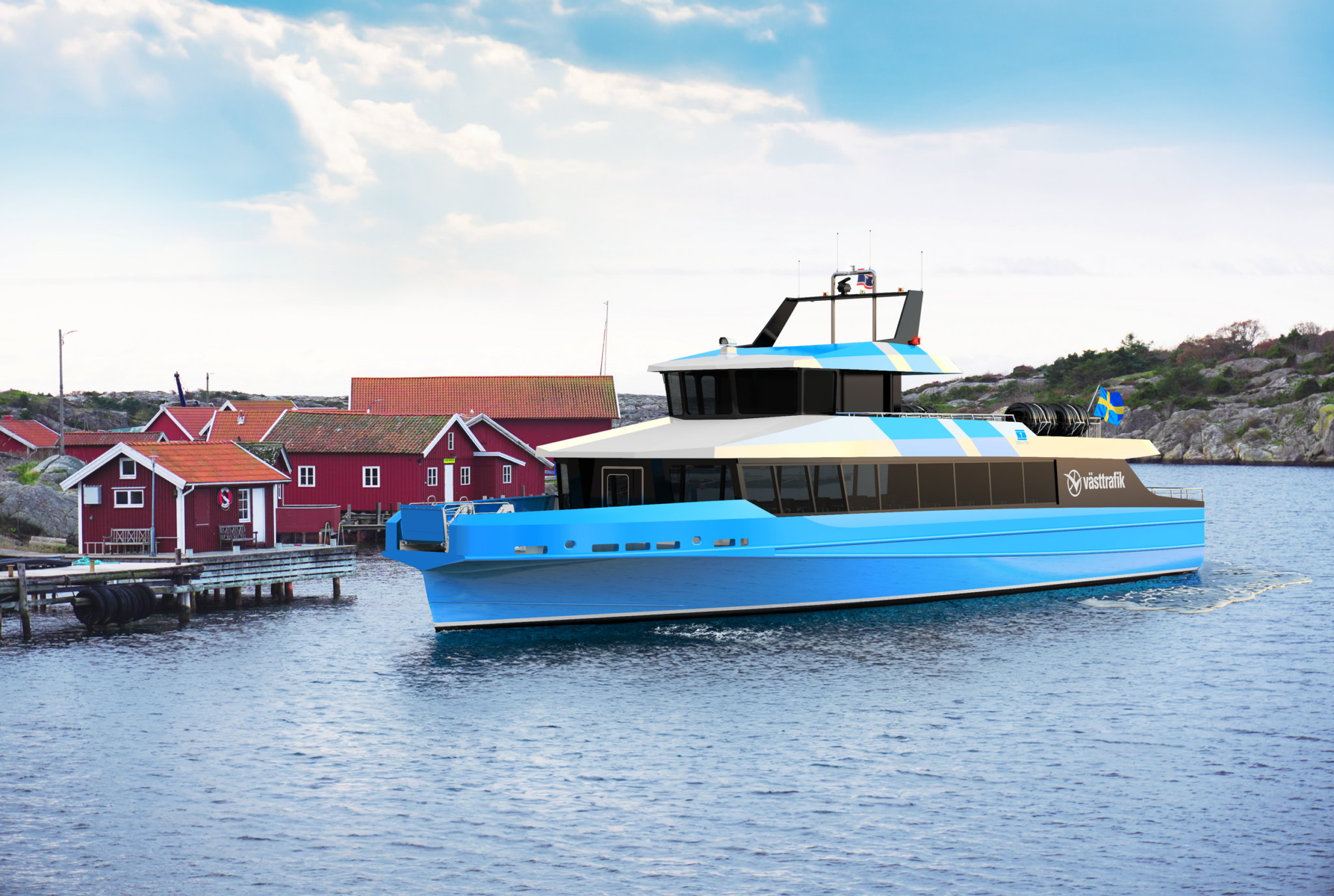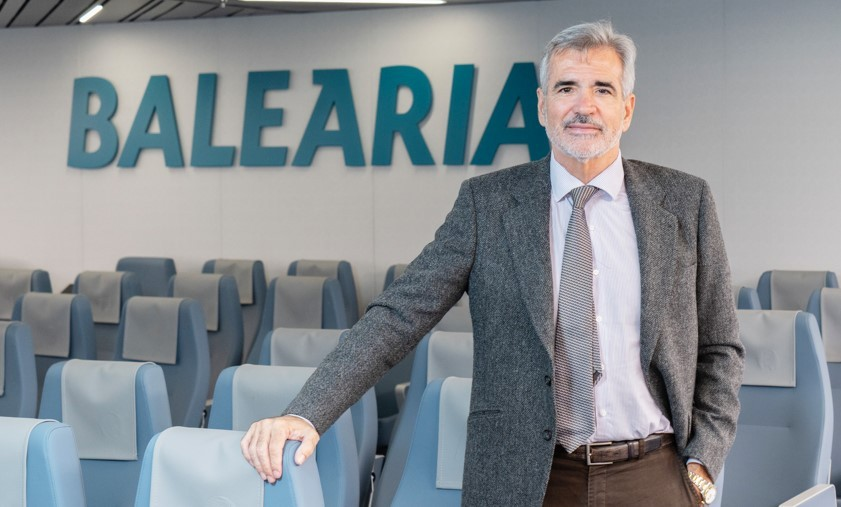Shippingtelegraph: Marinakis’ CCEC secures $376.6m finance for newbuildings as it sells neo-panamax
by Shipping Telegraph
Nasdaq-listed Capital Clean Energy Carriers Corp. (CCEC) inked an agreement for the sale of a neo-panamax 13,312-teu container vessel and secured financing for four dual fuel 45,000 cbm and two dual fuel 40,000 cbm medium gas carriers under construction.
The shipowner signed on August 7 a memorandum of agreement for the sale of Manzanillo Express, a container vessel, 142,411-dwt / 13,312-teu, hybrid scrubber-fitted, built in 2022 by Hyundai Samho Industries in South Korea.
The vessel is expected to be delivered to its new owner during the third quarter of 2025.
The company expects to record a gain of around $6.9m from the sale. Cash proceeds will be used to pay down outstanding debt, estimated at $90.4m at the end of the third quarter of 2025, and for general corporate purposes.
Upon completion of this transaction, CCEC will have only two remaining 13,000 teu container vessels both on long term time charters through 2033, with options to extend to 2039.
“This vessel sale aligns with the company’s strategic plan, announced in November 2023, to shift its strategic focus towards the transportation of various forms of gas to industrial customers, including liquefied natural gas (LNG) and emerging new commodities in connection with the energy transition,” said the company in its release.
Since February 2024, CCEC has sold or agreed to sell 13 container vessels, including the Manzanillo Express, generating expected gross proceeds of approximately $694.2m. According to the company, these funds are being reinvested in gas transportation assets.
Meanwhile, CCEC entered on August 13 into a seven-year financing arrangement for all six of its dual fuel medium gas carriers (MGCs) under construction.
The relevant vessels include Aristogenis, Aridaios, Aratos, Agenor (45,000 cbm, dueal fuel LPG, Hyundai Mipo Dockyard Co. Ltd., South Korea), and Andrianos and Anios (40,000 cbm, dual fuel LPG, Nantong CIMC Sinopacific Offshore & Engineering Co. Ltd, PRC).
The six vessels are scheduled for delivery between the second quarter of 2026 and third quarter of 2027.
The total expected financing amount is $310.1m which can increase, in case long-term employment is secured, up to a total of $376.6m. The facility also includes the option to draw pre-delivery financing.
CCEC’s in-the-water fleet includes 15 high specification vessels, including 12 latest generation LNG/Cs and three neo-panamax container vessels, one of which is expected to be sold during the third quarter of 2025.
In addition, CCEC’s under construction fleet includes six additional latest generation LNG/Cs, six dual-fuel medium gas carriers and four handy LCO2/multi-gas carriers, to be delivered between the first quarter of 2026 and the third quarter of 2027.
Noting that during World War II, they were building “a ship a day,” Trump said those were tankers and different kinds of ships and that they were very active.
He said they will buy ships from South Korea, but they are also going to have the South Koreans make ships in the US with the American people “and we’re going to go back into the shipbuilding business again.”
President Lee responded by saying, “The U.S. is apparently becoming great again,” adding, “A Renaissance is taking place not only in shipbuilding but also manufacturing, and I hope the Republic of Korea can be part of this process.”
Both leaders nodded to a burgeoning shipbuilding agreement, with Trump pledging to purchase ships from South Korea.
Trump has made revitalizing U.S. shipbuilding a priority to try to close the gap with dominant China.
Since his reelection, he has repeatedly raised the prospect of working with South Korea, the world’s second-largest shipbuilder behind China.
South Korean shipbuilders such as HD Hyundai have also announced plans to strengthen U.S. maritime capabilities through various partnerships and investments.
Last week, South Korea’s minister of trade, industry and energy Kim Jung-kwan met with U.S. senators in Seoul to discuss ways to bolster bilateral cooperation and expand investment in shipbuilding and other industries.
In the meeting with senators of the democratic party Tammy Duckworth of Illinois and Andrew Kim of New Jersey, the Korean minister Kim requested unwavering attention and support for Korean companies that have established operations in both states, and throughout the U.S.
Industry minister Kim expressed hope that the US Congress would support diversifying bilateral shipbuilding cooperation from merchant ships to naval vessels.
He cited Hanwha Philly Shipyard near New Jersey as an example of shipbuilding cooperation between the two countries, noting the collaboration between the Korean shipbuilder and the state in sourcing qualified professionals and rebuilding the shipbuilding ecosystem.
U.S. senators Tammy Duckworth and Andy Kim held also a roundtable on August 19 with three Korean shipbuilders, Hanwha Ocean, HD Hyundai, and Samsung Heavy Industries, according to the S. Korean ministry of foreign affairs.
During the roundtable, the Korean shipbuilders emphasized the need for regulatory reforms in the United States to facilitate their successful access to the U.S., proposing measures for strengthening bilateral cooperation.
They also expressed readiness to expand technology and workforce exchanges with U.S. counterparts, contributing to innovation in shipbuilding technologies and the training of skilled personnel in the United States.
In response, the senators emphasized that the revitalization of the U.S. shipbuilding industry is emerging as a national security issue in the United States, highlighting strong interest in U.S.-Korea shipbuilding cooperation as an essential part of this effort.
HD Hyundai signed on Monday a memorandum of understanding (MOU) to establish a multi-billion-dollar investment program to revitalize the U.S. shipbuilding industry, marking the first milestone in the ‘Make American Shipbuilding Great Again (MASGA)’ initiative.
The Korean shipbuilding giant said it had signed the agreement with Cerberus Capital and the Korea Development Bank (KDB) at the InterContinental The Willard in Washington, D.C., to establish a Korea-U.S. maritime joint investment program.
The investment program aims to revitalize and enhance the maritime capabilities of the United States and allied nations, covering U.S. shipbuilding, maritime infrastructure, and advanced marine technologies, according to HD Hyundai.
The firms will prioritize investment in three areas: U.S. shipyard acquisition and modernization, supply chain reinforcement through capital investment in equipment and component suppliers and advanced shipbuilding technology development, including autonomous navigation and artificial intelligence (AI).
Related Posts





